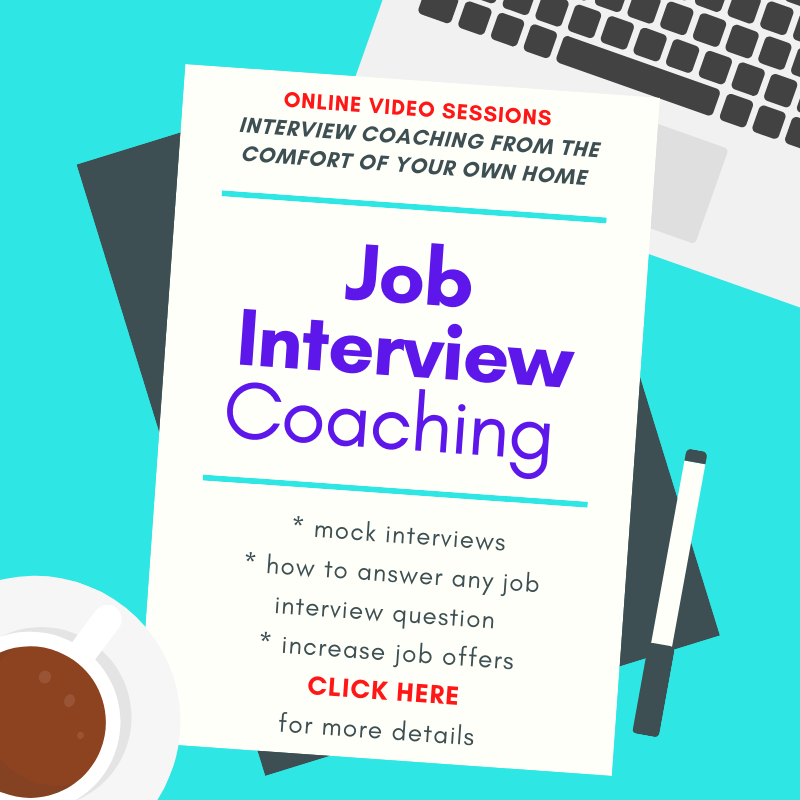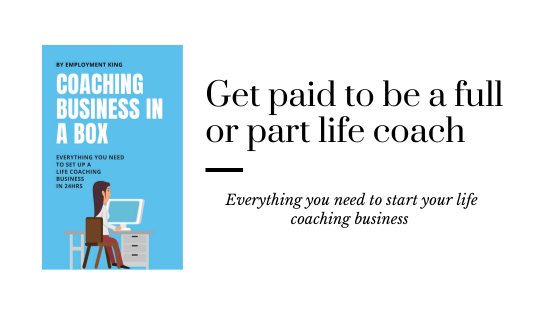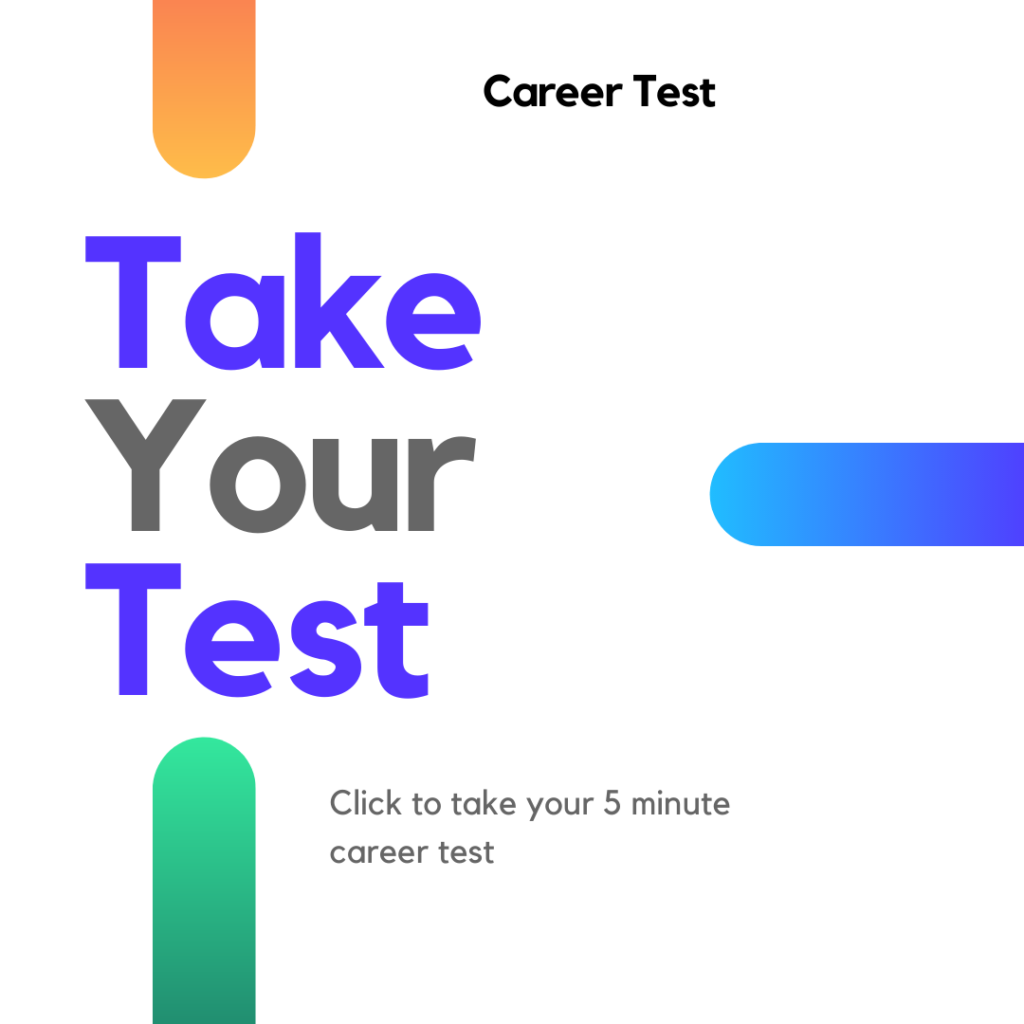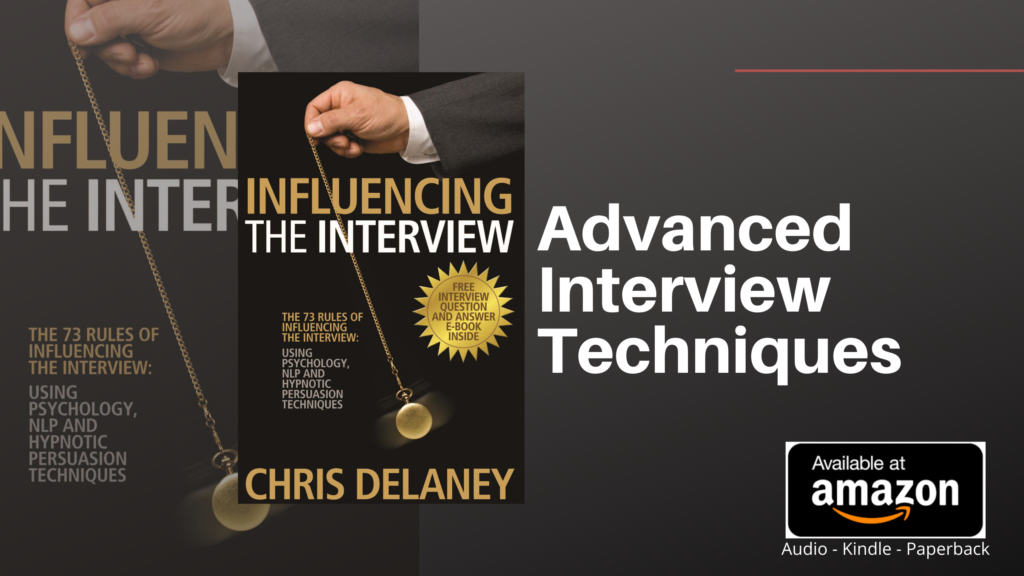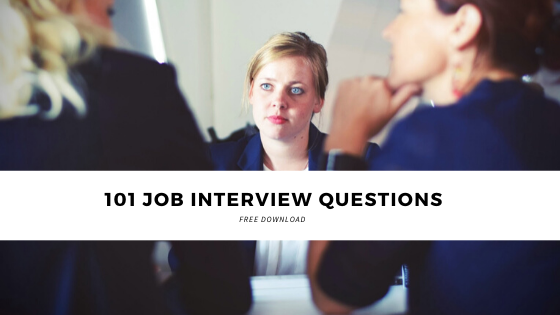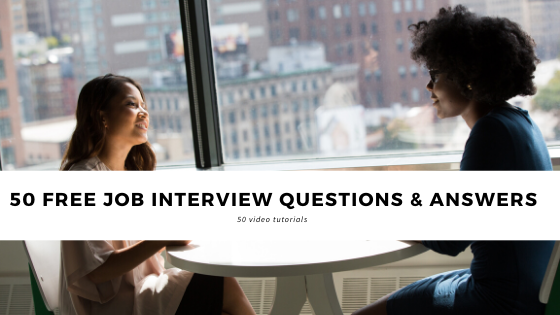The focus, in a job interview, has always been on the content of the job interview answer.
Content is important, as the description given within a job interview answer determines the score the interviewer(s) allocate to each job interview answer.
In short, an employer will cross-reference the elements discussed by the applicant to the job criteria on the interview scorecard.
Generalising, the more criteria reference within the job interview answer, the higher the score an applicant will receive.
This makes logical sense. It’s the same as scoring a boxing match; the more punches a boxer gets on an appointment the more points they receive. The best boxer, or interviewee, wins.
Research is showing how the referencing of job criteria, alone, isn’t enough to create high scoring job interview answers.
What is also key to a successful interview outcome is the language, or the varying language, used throughout the whole recruitment process.
Language creates an emotional response in others, changing how an employer views an applicant, therefore affecting the scores allocated in the job interview.
Interview language.
Highly confident interviewees have a natural tendency to utilise strong assertive communication, whereas low confident candidates fall back on weaker language.
‘Try,’ as an example, presumes failure, whereas ‘will’ presupposes action will be taken. This small change in language, consciously choosing an appropriate verb, creates a different reaction – how they view a candidate, from the employer.
Substitute passive words;
‘Try’ to ‘will’
‘Think’ to ‘know’
‘Could’ to ‘Always’
‘I believe’ to ‘I’m confident’ (or ‘convinced’)
Read the following two interview answers and compare the impression gained of the two interveiwees from the language used.
“I believe I am a good fit for the team and would always try to meet my targets. In my previous position I worked on a similar task and I always achieved my KPIs.”
“I’m convinced I am a good fit for the team and I will meet my targets. In my previous position I worked on a similar task and I always achieved my KPIs.”
Weak communication.
Other language barriers come in the form of unnecessary communication.
Anxious applicants are known to add additional ‘weak’ words to job interview answers that simply aren’t required. Any low scoring words need to be removed from job interview answers.
Say more with less.
When planning to give a detailed interview answer, candidate are advised to pick only strength words that will ensure they standout from the group.
Delete the following unnecessary sentences/words during a job interview;
‘In my opinion..’
‘Did my best..’
‘Maybe..’
‘Only..’
‘Sorry..’
Any filler words.
Filler words.
An example of unnecessary communication is ‘filler words.’ Filler words are subconsciously used by nervous interviewees to fill the gaps between sentences while delivering an interview answer.
Common filler words are sounds ‘er’ ‘um’ ‘ah’ but can also include the words ‘so’ ‘like’ ‘well’ ‘you-know’. This constant interruption, created by filler words, distracts the employer from the value of the applicant’s interview answer, resulting in a lower-scoring outcome.
“Um, well, yes I do have experience, but, er, like it’s relevant but…”
To reduce filler words applicants can replace the ‘filler word’ with silence in the form of a pause.
As filler words are used naturally while a candidate is thinking of what to say, the applicant during this time can count to 3 in their head to divert their attention. The focus on counting is a conscious process that removes the unconscious process of using filler words.
Another technique, prior to the interview, is to practice the delivery of answering interview questions by making a mark for each filler word used. The process of recognising the number of filler words used, which is often more than expected, creates an awareness that helps to reduce this subconscious habit.
High scoring language.
Varied language is a key element to high scoring answers.
Finding new ways to say common words can create the desired variety to improve interview language. As an example, the words begin, start, commence, and initiate are all synonyms of one another.
As referenced earlier, words have different emotions attached to them. If asked about a particular skill, an interviewee might state they’re ‘good’ at the skill, but the words ‘great’, ‘excel’ or ‘highly skilled’ all answer the question positively, but each word has a different emotional association. Word choice, therefore, elicits a different emotional trigger from the interviewer.
Pronouns, ideally, need to be mixed. Singular pronouns (I) help to reference personal actions in team activities, whereas plural pronouns, which research shows are in coloration with high scoring interview answers, are used by confident candidates to help build inclusion and rapport, as ‘we’ is viewed as being ‘friendlier’.
Positive emotional terms, embedded throughout the job interview, again improve interview scoring as the words used have an emotional attachment and help applicants to communicate persuasively.
Positive emotional terms:
Joy
Happy
Gratitude
Pride
Interest
Amusement
Excited
Hope
Kind
Negative emotional terms:
Fear
Sad
Angry
Disgust
Rage
Loneliness
Annoyed

Nonverbal communication.
A common misunderstanding of hiring decisions, is that the content of the interview answer is the most significant part when it comes to scoring an answer.
As we have discussed in previous articles, prejudices, unconscious bias, the interviewer’s behaviour and the applicant’s level of confidence create ‘filters’ that answers are viewed through.
Studies show how nonverbal behaviour influences the interview. For example, research has shown that smiling increases attraction and likeability.
Confident communication, eye contact and posture also help to shape the appraisal of an applicant.
Research into micro facial expressions shows how a fleeting expression can be read by an observer, even though the expression only lasted milliseconds. Therefore, faked happiness isn’t believed as an applicant’s microexpression, as an example, showed fear before the fake smile is applied.
There are 7 basic human emotions; anger, contempt, disgust, fear, happiness, sadness and surprise, each with its own unique characteristics. Each expression, which is an expression of an emotion, is involuntary and outside of the awareness of the individual.
Facial expressions can also elicit different meanings depending on the schema of the interviewer. A smile could be seen as sarcastic or joyous.
Generally speaking, though, the following nonverbal cues will increase rapport with an employer, improving the interview scoring:
- Initiating interaction to show confidence.
- Giving your full attention to the employer – being externally focused.
- Smiling and laughing.
- Strong eye contact.
- Gesturing to reinforce verbal communication.
- Taking up space with your body as this creates authority.
- Confident firm handshake.
- Head held high shows self-assurance.



